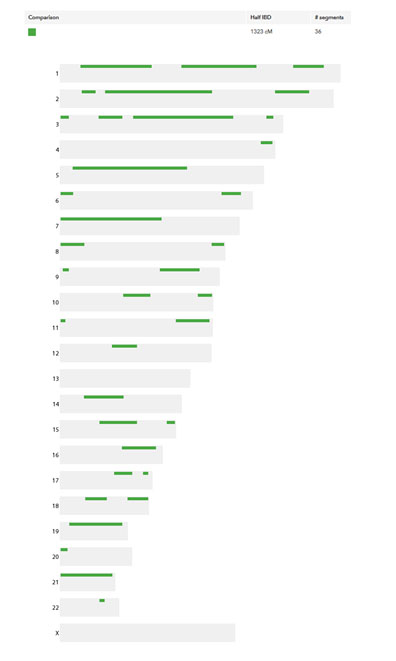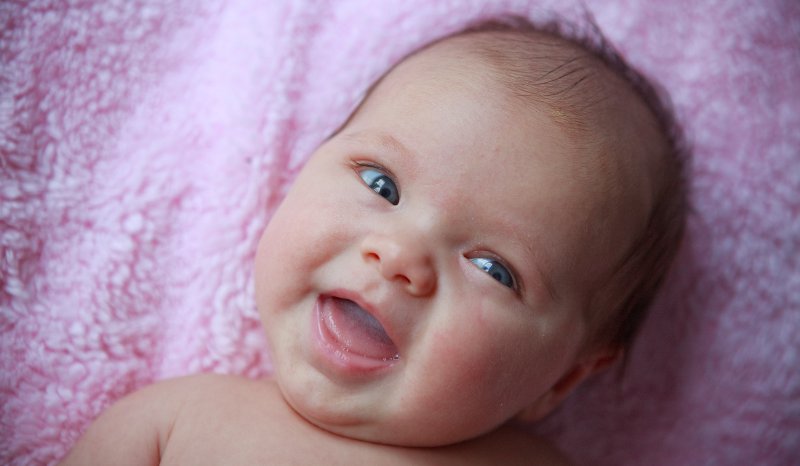And luckily for this couple they chose the right genetic test. Had they gone with a standard paternity test, they may have missed that they were related to the child, as those tests are not set up to see aunt/uncle and niece/nephew relationships. The most likely result would have been that the couple would have concluded the child was not theirs.
At the very least this probably would have ended in a lawsuit against the fertility clinic. The couple might also have given up the child even though the child was conceived with the man’s sperm and the woman’s egg. A real tragedy was averted by the growing power of genetic testing.
It Started With a Blood Test
This couple was having difficulty conceiving and so underwent intrauterine insemination (IUI). Basically, the man’s sperm was placed directly into his wife’s womb.
She became pregnant and they had a healthy baby. But a blood test showed the baby was AB while both parents were A. Usually two A parents can have only A or O babies (click here for why that is). This was obviously worrisome.
Still, there are rare exceptions where A parents can have an AB child, and the parents in this case wanted to rule those out. This is why they turned to a genetic test.
The first thought was simply to determine paternity. If the child did not match the father, it would mean the clinic had made a mistake and used the wrong sperm.
But instead of a simply paternity test, the couple used a more sensitive genetics test that’s offered by companies like 23andMe and ancestryDNA. (They used 23andMe in this case.) And it was a good thing they did. They were able to see that the child was related to dad, but not in the way expected. Here are the results:

Each bar on this chart represents a chromosomal pair comparing the child’s DNA with the dad’s. Remember, we get one chromosome in each pair from mom and one from dad, so that we are 50% related to each parent. This means a parent and a child should completely share one chromosome in each pair. If that were the case, each bar in this image would show one long, unbroken green line. This is not what we see.
If the two were unrelated or only distantly related, they would share very little of their DNA. There would be an occasional bit of green that represents some distant relative. (Click here for an image of a 3rd-6th cousin and here for lots of different relationships.)
These two are somewhere in between. They share a lot of their DNA in most chromosome pairs. Totaling everything up shows they are about 25% related which is how much DNA an uncle would share with a niece or nephew.
Given that the parents visited a fertility clinic, the best explanation is that the father is a chimera. The DNA in the fertilizing sperm was able to contribute a “B” to the child’s blood type, giving the child type AB blood, even though the DNA in dad’s cheek cells lacks that “B.”
All of this goes to show that when something like blood types do not match up, there could be a perfectly reasonable genetic explanation for what was taught in school to be an impossible combination.

